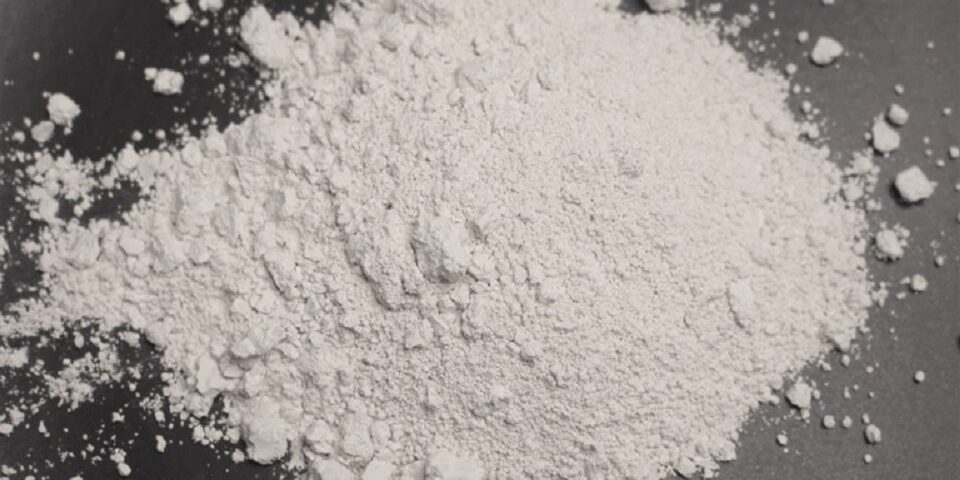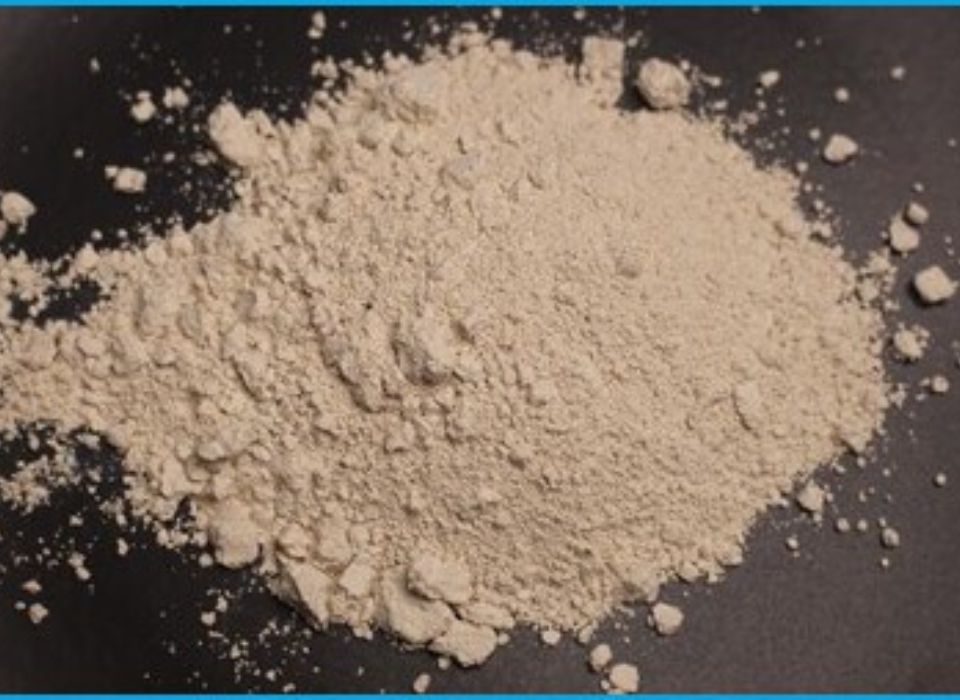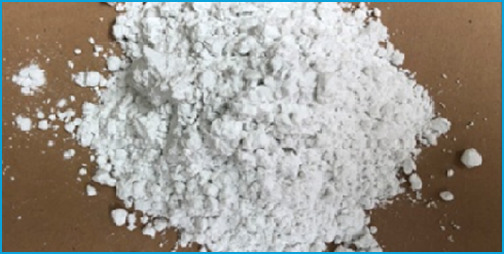What is the Indian name for diatomaceous earth and What diatomaceous earth is used for?
Introduction
Diatomaceous Earth, commonly known as DE, is a naturally occurring sedimentary rock that is rich in the fossilized remains of diatoms, a type of microscopic algae. In India, it is commonly referred to as "Kieselguhr" or "diatomite." This versatile substance has a wide range of applications in various industries due to its unique properties. This article provides an in-depth understanding of diatomaceous earth, its Indian name, and its diverse uses.
What is Diatomaceous earth?
It is a soft, porous rock formed by the accumulation of fossilized diatoms over millions of years. Diatoms are single-celled algae with intricate cell walls made of silica, which is why diatomaceous earth is primarily composed of silica dioxide (SiO2). In India, it is commonly known as "Kieselguhr" or "diatomite."
Formation and Mining of Diatomaceous earth
Formation Process: It is formed through a natural process known as diagenesis. As diatoms die and sink to the ocean or lake floor, their remains accumulate over time, forming layers of this mineral.
Mining and Processing: Its deposits are typically mined through open-pit or underground methods. The extracted material undergoes various processes, including crushing, drying, and milling, to produce the final product with specific particle sizes suitable for various applications.
Physical Properties of Diatomaceous Earth
It has a highly porous structure due to the presence of interconnected pores and channels. This porosity contributes to its exceptional absorbent qualities and filtration capabilities.
It has a fine, abrasive texture, making it useful for applications such as polishing, scouring, and exfoliating.
The high silica content of this mineral provides strength and stability to the material, making it ideal for applications that require hardness and durability.
Applications of Diatomaceous earth
It is widely used as a filtering agent in various industries. Its porous structure allows it to effectively trap and remove impurities from liquids, including water, beverages, oils, and chemicals.
Due to its abrasive texture and desiccating properties, it is a popular natural insecticide and pest control solution. It is used to control pests like ants, bed bugs, fleas, and cockroaches without the use of harmful chemicals.
The high absorbency of this mineral makes it an excellent industrial absorbent. It is utilized for spill cleanup in industries such as oil and gas, automotive, and manufacturing.
It is used in agriculture as a natural soil amendment and pest control agent. It helps improve soil structure, retain moisture, and control pests in gardens, farms, and nurseries.
In the cosmetic industry, it is used as an ingredient in skincare and personal care products. It provides gentle exfoliation, oil absorption, and can contribute to the formulation of powders, creams, and toothpaste.
It is used as a filtration aid in the food and beverage industry to clarify and purify liquids such as fruit juices, beer, wine, and cooking oils.
In industries such as construction and manufacturing, this mineral is used as a component in various products, including paints, coatings, adhesives, plastics, and cement, to improve their mechanical properties and performance.
Conclusion
In conclusion, diatomaceous earth, also known as "Kieselguhr" or "diatomite," is a versatile substance that holds immense value across various industries. With its high silica content, porosity, and abrasive texture, it serves a multitude of purposes. From filtration and pest control to agriculture, cosmetics, and construction, this mineral proves its utility in diverse sectors. As India continues to progress and innovate, the demand for diatomaceous earth is expected to rise, underscoring its significance in numerous applications. Its unique properties make it an invaluable resource, contributing to cleaner water, more sustainable agriculture, effective pest control, and improved product formulations. As businesses and consumers seek eco-friendly alternatives, this mineral emerges as a reliable and versatile solution, poised to play an increasingly vital role in India's industrial and economic landscape.






